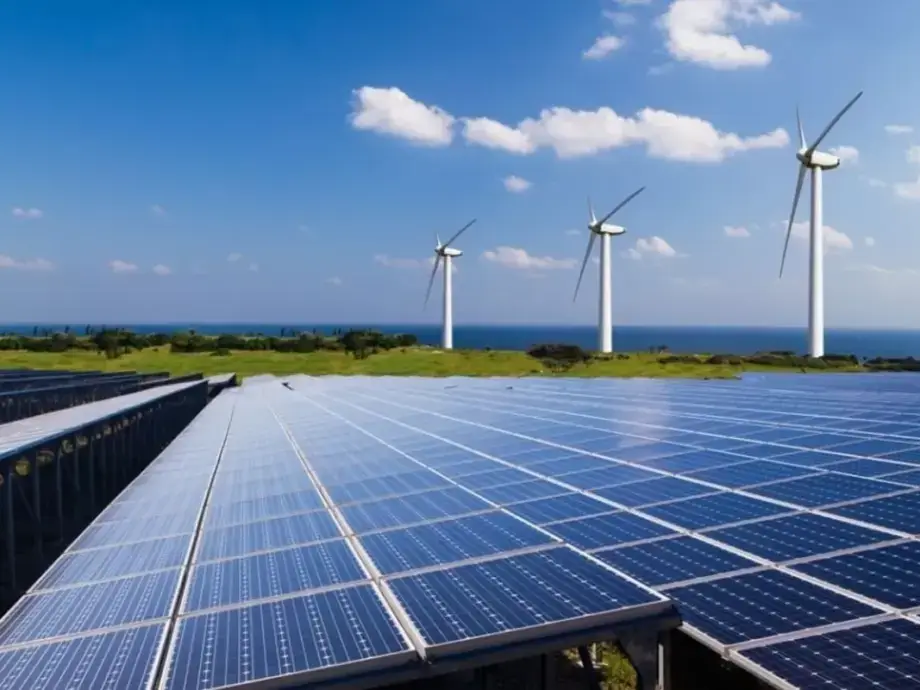China-Russia Trade: Expanding Beyond Energy and Resources
China and Russia, two of the world’s largest economies, are deepening their trade relationship in ways that go far beyond their traditional focus on energy and raw materials. As global economic dynamics shift and both countries seek to diversify their economic partnerships, new opportunities are emerging in green energy, infrastructure development, logistics, and advanced manufacturing. This evolution is not only reshaping bilateral trade but also influencing broader regional and global economic trends.
What’s Driving the Growth in China-Russia Trade?
For decades, the trade structure between China and Russia was dominated by oil, gas, coal, and other natural resources flowing from Russia to China, while China exported manufactured goods and electronics. However, recent years have seen a concerted effort by both governments and businesses to expand cooperation into new sectors. In 2024, bilateral trade reached $244.8 billion, a 1.9 percent increase from the previous year, according to China’s Ministry of Foreign Affairs. This growth is underpinned by several key factors:
- Complementary Economies: Russia’s vast natural resources and China’s advanced manufacturing capabilities create a natural synergy.
- Geopolitical Shifts: Western sanctions on Russia have pushed Moscow to look eastward, while China seeks stable partners amid global uncertainties.
- Policy Support: Both governments have implemented trade facilitation measures, streamlined customs procedures, and encouraged cross-border investments.
These drivers are setting the stage for a new era of pragmatic collaboration, as highlighted by experts such as Anastasia Likhacheva, dean at Russia’s HSE University, and Xu Poling, a researcher at the Chinese Academy of Social Sciences. Both note that while energy and mining remain important, there is considerable room for growth in sectors like green energy, infrastructure, and advanced manufacturing.
Green Energy: A New Pillar of Cooperation
One of the most promising areas for future China-Russia trade is green energy. As the world transitions toward cleaner sources of power, both countries are investing heavily in technologies such as solar, wind, and hydropower. China, already a global leader in renewable energy manufacturing, is exporting its expertise and products to Russia, where there is growing demand for energy-efficient solutions.
Chinese Innovation Meets Russian Demand
Chinese companies are adapting their products to meet the unique challenges of the Russian market. For example, Ningbo Partner Electronics Co, a lighting equipment manufacturer from Zhejiang province, has developed high-power lighting transformers that can withstand Russia’s harsh winters and unstable voltage conditions. According to company president Xu Guiling, these innovations have helped the company’s exports to Russia exceed 49 million yuan ($6.83 million) in the first half of the year, a staggering 172.85 percent increase year-on-year.
Similarly, Qingdao Xingbang Electric Appliance Group Co has tailored its kitchen appliances to Russia’s complex energy environment, where both gas and electricity are used but often face instability. By creating stoves that can switch between gas and electric heating, the company has seen its exports to Russia soar by over 82 percent in the first half of 2024.
These examples illustrate how Chinese exporters are not just selling products, but innovating to solve real-world problems in the Russian market. This approach is likely to become even more important as both countries pursue ambitious climate goals and seek to reduce their reliance on fossil fuels.
Infrastructure and Logistics: Building the Future Together
Infrastructure development is another key area of China-Russia cooperation. Both countries are investing in new transportation corridors, logistics hubs, and cross-border infrastructure to facilitate trade and economic integration. The Belt and Road Initiative (BRI), China’s massive global infrastructure project, has played a significant role in connecting the two economies.
Major Projects and Regional Impact
Recent years have seen the completion of several landmark projects, including the China-Russia East-Route Natural Gas Pipeline and new railway links across the border. These projects not only boost energy trade but also create new opportunities for logistics companies, construction firms, and technology providers.
At the ninth China-Russia Expo held in Yekaterinburg, Russia, more than 300 Chinese companies showcased products and services in sectors such as electromechanical equipment, agriculture, healthcare, the digital economy, and new energy. The event, organized by China’s Ministry of Commerce, provided a platform for local governments and businesses to deepen cooperation and explore new ventures.
According to the Ministry, a series of commercial promotion activities were held during the expo, highlighting the growing interest in joint infrastructure projects and the potential for further integration of supply chains.
Advanced Manufacturing: Moving Up the Value Chain
As both China and Russia seek to modernize their economies, advanced manufacturing is becoming an increasingly important area of collaboration. This includes sectors such as robotics, automation, aerospace, and high-tech machinery. By leveraging each other’s strengths, the two countries aim to move up the value chain and compete more effectively in global markets.
Technology Transfer and Joint Ventures
Chinese and Russian companies are forming joint ventures and engaging in technology transfer to accelerate innovation. For example, Chinese firms are providing advanced manufacturing equipment and expertise to Russian partners, while Russian companies contribute their own technological know-how and access to local markets. This collaborative approach is helping both sides to develop new products, improve quality, and reduce costs.
Experts believe that as trade ties deepen, such partnerships will become more common, driving growth in sectors that were previously underdeveloped in the bilateral relationship.
Challenges and Opportunities Ahead
Despite the positive momentum, China-Russia trade faces several challenges. These include:
- Regulatory Differences: Differences in standards, regulations, and business practices can create barriers to trade.
- Logistical Hurdles: The vast distances and sometimes limited infrastructure between the two countries can increase transportation costs and complexity.
- Geopolitical Risks: Ongoing tensions with Western countries and the impact of sanctions on Russia can create uncertainty for businesses.
However, both governments are actively working to address these issues. Recent agreements have focused on harmonizing standards, improving customs procedures, and investing in new infrastructure. There is also a strong emphasis on digitalization, with both sides exploring the use of e-commerce platforms and digital payment systems to streamline cross-border trade.
Looking ahead, analysts expect sustained growth in China-Russia trade, particularly in sectors such as green energy, infrastructure, and advanced manufacturing. As both countries continue to innovate and adapt to changing market conditions, the potential for mutually beneficial cooperation remains strong.
In Summary
- China-Russia trade is expanding beyond traditional energy and resource sectors into green energy, infrastructure, and advanced manufacturing.
- Bilateral trade reached $244.8 billion in 2024, with strong growth in new sectors driven by complementary economies and policy support.
- Chinese companies are innovating to meet the unique needs of the Russian market, particularly in energy-efficient technologies and adaptable appliances.
- Major infrastructure projects and joint ventures are deepening economic integration and creating new opportunities for businesses on both sides.
- Challenges remain, but ongoing efforts to harmonize regulations and invest in logistics are paving the way for continued growth.




